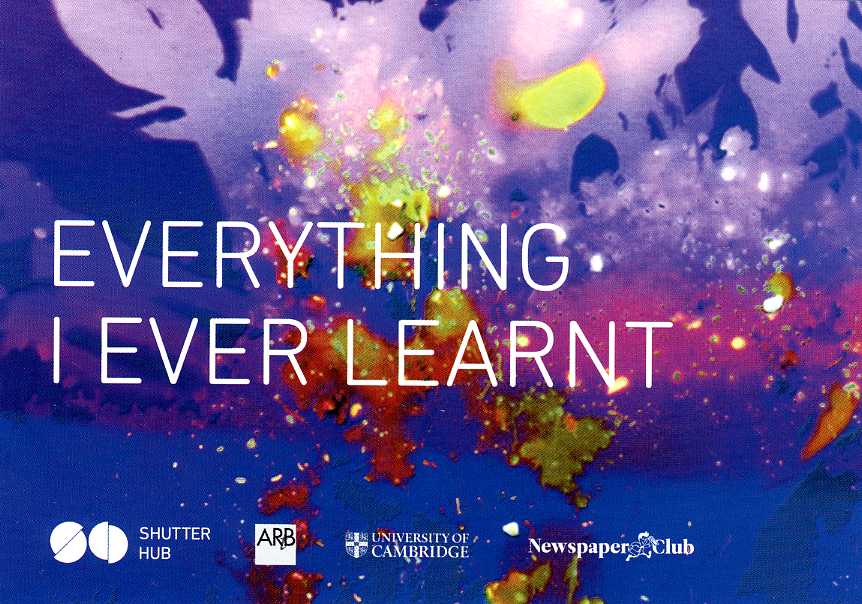
DaveH got to see Everything I Ever Learnt before I did. He commented: ‘Was rather disappointed. Maybe that because I am a Philistine! The quality of printing did not help but I rebel against out of focus images and poor lighting. I am not convinced that sacrificing the craft for “artistic” effect is the mark of an artist.’ I don’t think he’s Philistine, but I think he may have missed the point.
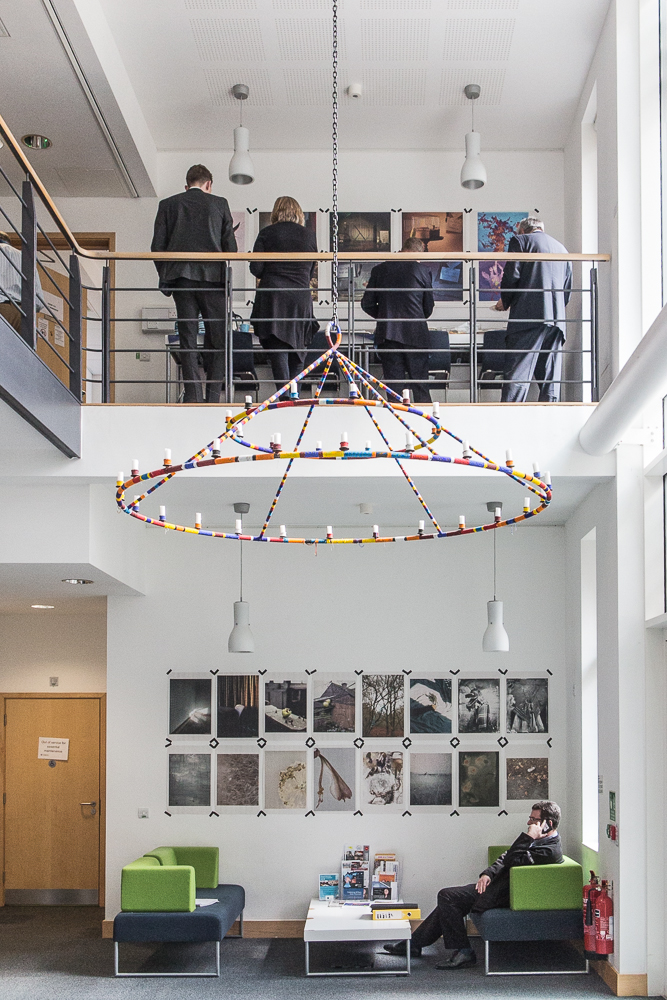
Everything I Ever Learnt, organised by Shutter Hub, is on show at the Alison Richard Building, Cambridge to 3rd May 2019. The brief for the exhibition was left open to interpretation by photographers, who were asked to put forward single images or projects (up to 6 images) for consideration. The aim is explore the idea of seeing through photography. Shutter Hub elaborated on this: That image reminds me of something. It ignites a small flame that lights my way through the filing system of my mind. It brings me eventually to the hint of a memory, and that memory guides my interpretation of the image, influences my reaction, connects my thoughts and feelings, and threads them together, binding them into a new collection, to be drawn upon the next time something familiar arises. Everything I have seen, felt, remembered, everything, influences and informs every thought I will ever have.
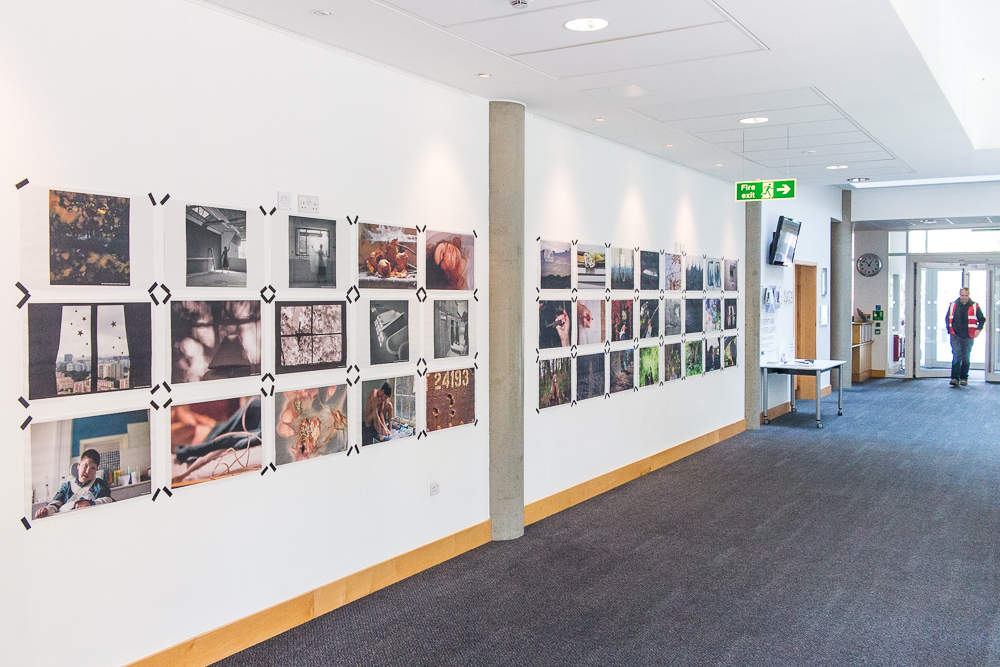
Work by around 80 photographers was selected and over 150 pictures, printed on tabloid format newsprint, fill the walls over four floors of the ARB. Responses to the brief are expressed through every genre of photography, from abstract to documentary, portraiture to still life, travel to wildlife, and drawing on experiences from around the world. Colour and black and white both feature. There seems to be limited reliance on the advanced trickery of Photoshop.

The two first impressions are contrary. On one side the quantity and richness of the pictures; on the other very variable print quality achieved by using newsprint (it generally copes better with colour than monochrome). It’s important to focus on the former, which reveals the breadth of the creative imaginations at work and the ability of photography to give life to them through myriad subjects and diverse use of the medium

Among my favourite individual pictures were ‘You Are a Star’ (Eliza Bourner), ‘A Decisive Moment’ (Stefan Czemerys), ‘Slavic Bestiary 02’ (Magda Kuca), ‘Things Had a Way of Disappearing in the Garden’ (Janet Lees) and ‘The Bitterness of Lemons’ (Helen Turnbull). Strong groups of pictures were the ‘Pictographs’ series (Roger Coulam), the ‘Horizon’ series (Angel Gurria-Quintana), the ‘When I Walked Through Walls’ series (Paola Leonardi) and the ‘It’s Ok to feel…’ series (Gavin Smart). Nearly half of the photographers were represented by single images and about 40% by two images, those showing sets of three to six images were a small minority. Though few in number, the sets demonstrated the benefits of being able to work on and exhibit projects.
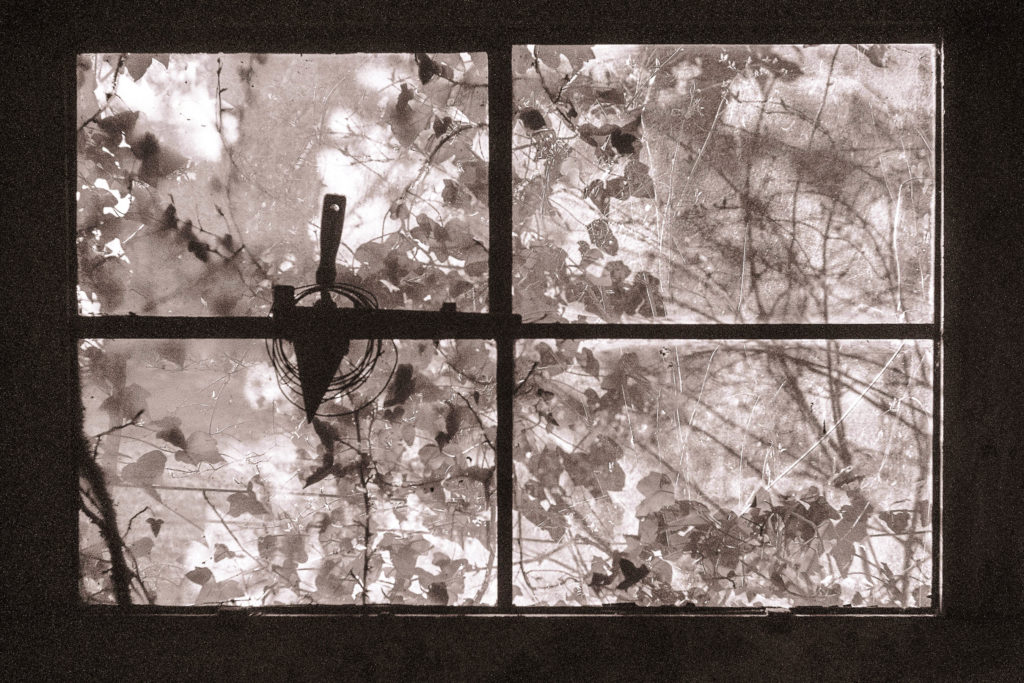
I submitted six pictures from my ‘In Plain View’ project, two were accepted and I was pleased to be exhibited in such good company. My accompanying statement said: Often we do not see, much less appreciate, what is around us. We find the familiar dull and may be wholly blind to the beauty in everyday objects and experiences. Jonathan Meades argues, ‘The typical is elusive. It’s a hard thing to capture because it surrounds us and doesn’t shout.’ As photographers we are often drawn to, look at and see with greater clarity, that which is most different from our daily experience. To challenge this I travelled around my house and garden with a camera to try to learn to see and capture the changing scene, the changing play of light and shade through the day and through the year. I looked up and down, inward and outward. The idea of seeing and recording the extraordinary in the ordinary called for the simple, unhurried approach achieved by using film. I made the resulting images, which have an abstract, fragmentary quality, into a photo book, In Plain View.
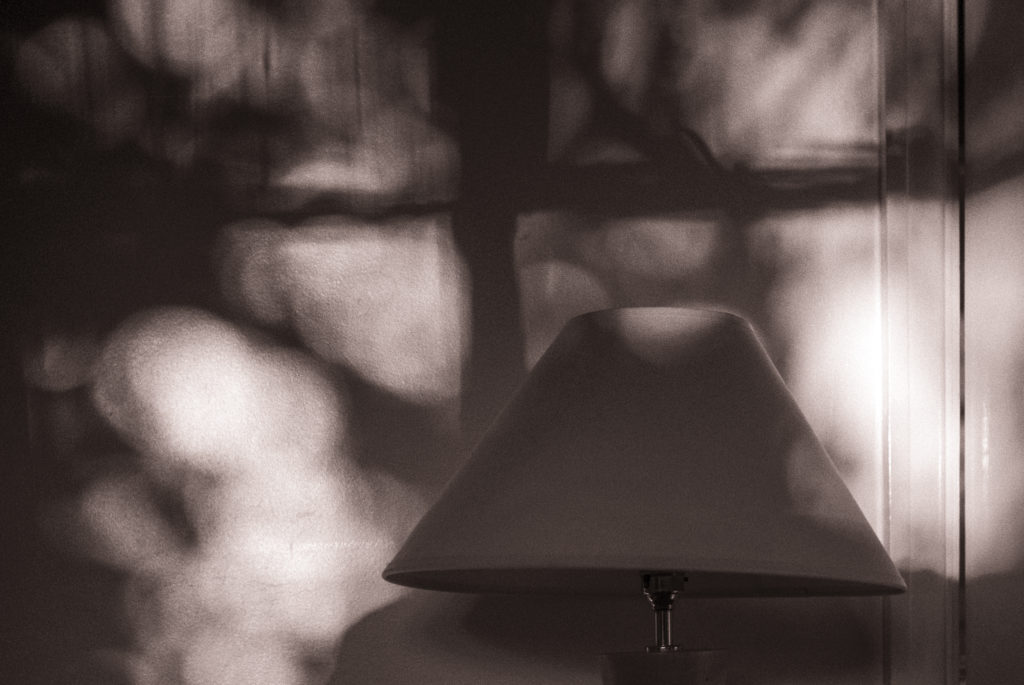
Leaving aside the fact that my pictures were included, I think this is an excellent exhibition. If the print quality rarely does the pictures justice, it is excusable in giving access to an exhibition to people who may not otherwise be able to afford the costs of printing and framing. There are many individually fine images and the exhibition overall shows the strength of photography as a creative medium and the depth of talent there is using it. Forget camera club judging prejudices and there is much here to enjoy and learn from.
‘Shutter Hub is a photography organisation providing opportunities, support and networking for creative photographers worldwide. We provide the chance for photographers to professionally promote their work, access high quality opportunities and make new connections within the photographic community, through our website, in-person meet ups and exhibitions.’ https://shutterhub.org.uk
